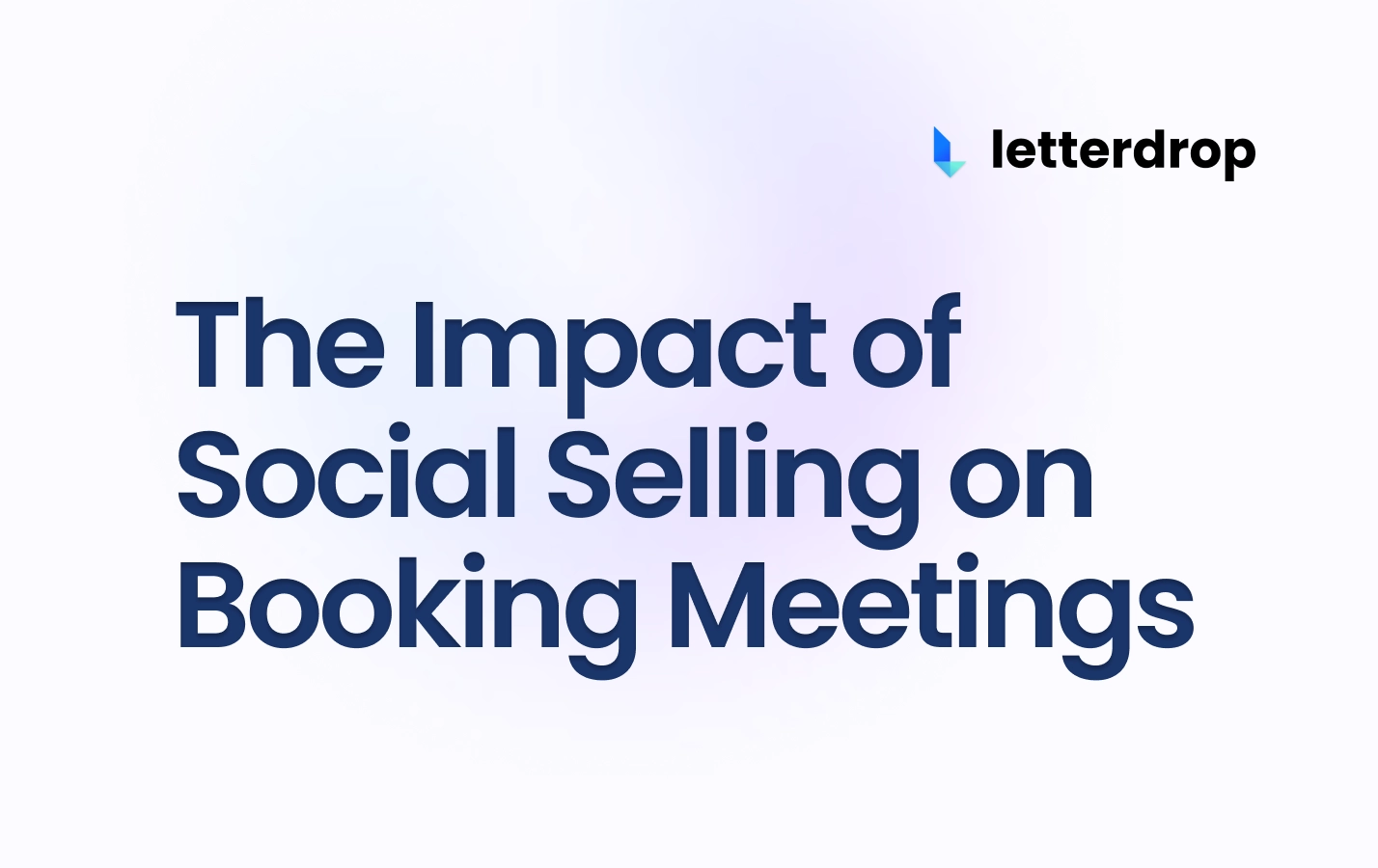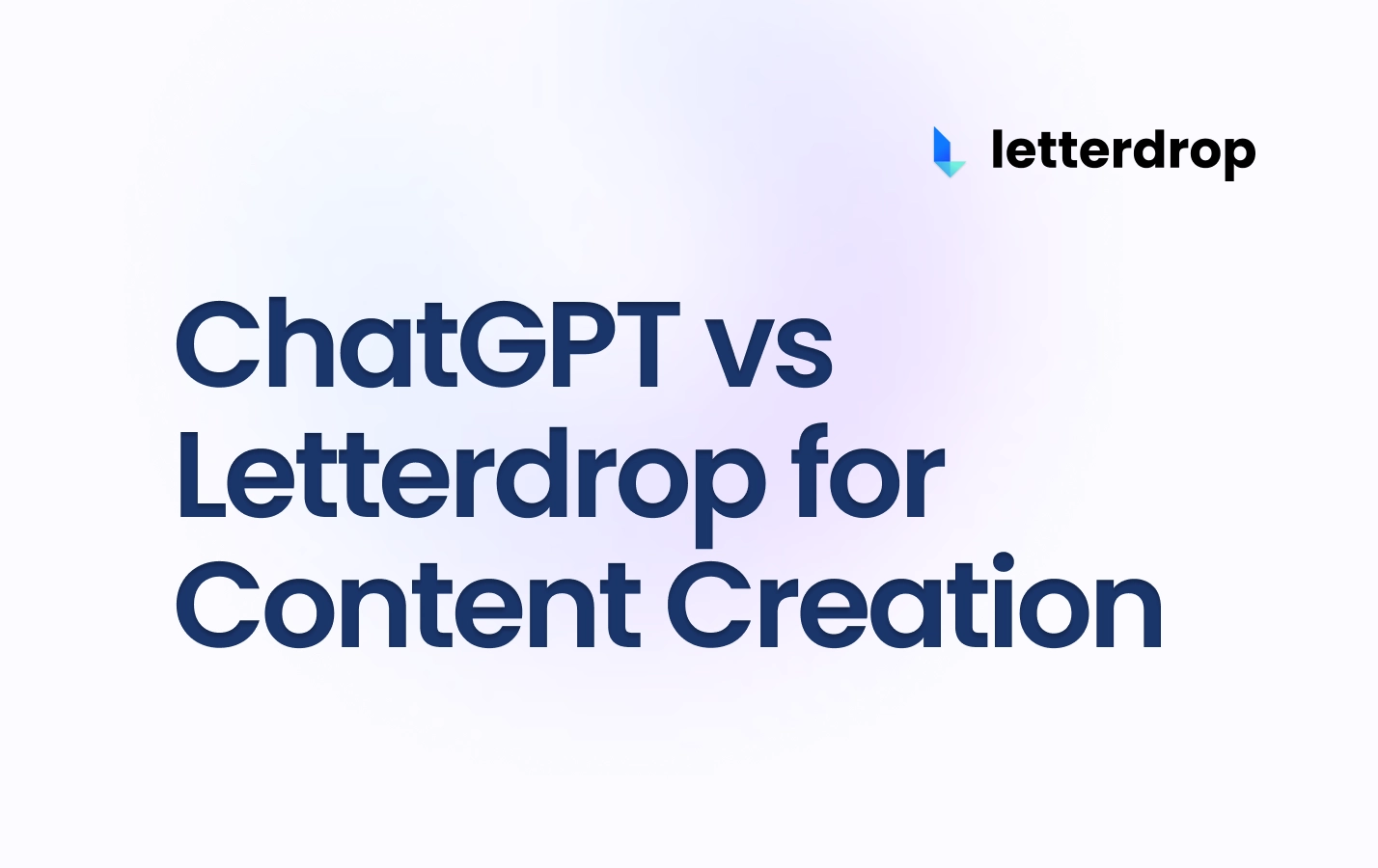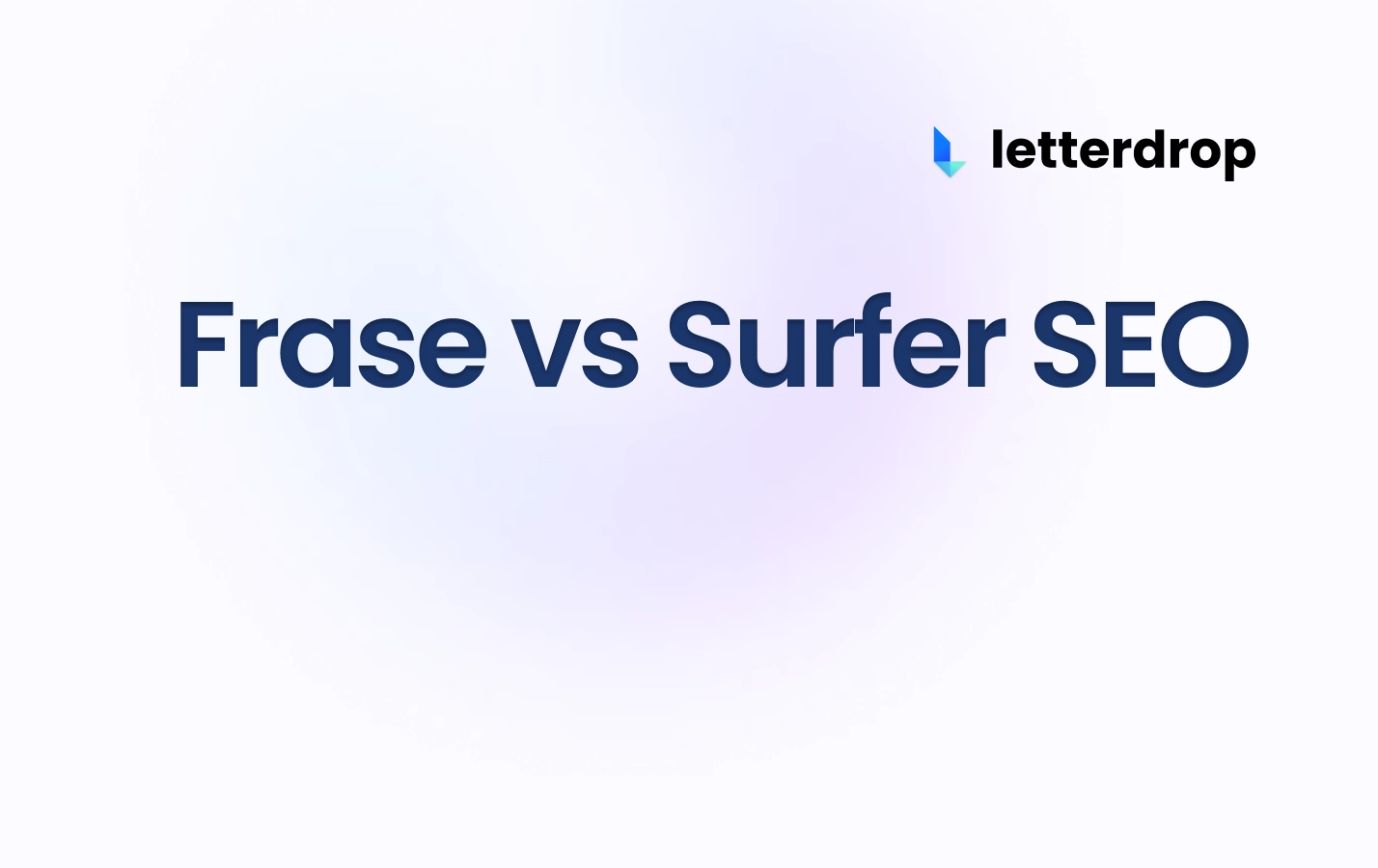A Guide to Turning Sales Objections into Sales Collateral
Sales and marketing teams don't talk to each other and this is hurting your business. About 55% of marketers are unaware of which assets sales teams make use of most. And two-thirds of content curated for marketing goes unused.
Sales representatives often show up to calls empty-handed unable to overcome sales objections. When faced with a sales objection, they don't have the right material ready to reference. Sales representatives are often forced to stale share sales collateral that doesn't answer a potential customer's specific question. Unconvinced, the lead is lost.
This guide will show you how you can improve communication between sales and marketing so that companies can have better content ready to use as sales collateral and close more sales.
What is Sales Collateral?
Sales collateral is material a business uses to boost the sales process and convert leads into paying customers. Companies provide prospects with content to educate them about the problem, their product and address any questions they may have. It helps customers make an informed purchasing decision.
Types of Sales Collateral
A business should cover all its bases when it comes to sales collateral. Here are some types of sales collateral that will make your sales process successful. Marketing teams that control the brand voice and messaging for the business can create most of these materials for sales teams.
#1 Product Data Sheets
Product datasheets contain:
- A summarized description of the product
- The main benefits and features of the product
- Use cases
- Important specifications and Requirements
- Contact information
These are often skimmed, so they should be straightforward, clear, and easy to read.
#2 Brochures
Although brochures are generally thought of as an antiquated kind of sales collateral, your business can go for the digital version of them instead of printing them out (some industries like restaurants and SMBs still use them though). Brochures include:
- Buyer’s guides
- Pamphlets
- Flyers.
Buyer’s guides more specifically can be curated to target primary decision-makers of a business in order to close deals.
#3 White Papers
White papers are lead magnets that rely on heavy long-form research. They're often hidden behind a form to capture the reader's email. If someone downloads a white paper, they're displaying a lot of interest in your topic area and are prime leads to pass on to the sales team. Sales can also use white papers as educational collateral to send to customers who come in through other channels.
#4 Case Studies
If leads are looking for proof points, sales teams can point to case studies to demonstrate how your product has made existing customers successful. 63% of B2B marketers vouch for case studies being the preferred mechanism to showcase social proof.
#5 Blog Posts
Blog posts answer questions prospects may have about a product or service, and they're often optimized to be found through Google search. They're also the easiest to create of all these collateral types. Any marketing team with an SEO focus is already producing a ton of blog posts every week. It's easy to fit sales collateral into their content calendar. When sales representatives share blog posts, potential customers often explore the rest of your blog and gain access to:
- How-to articles and step-by-step guides
- Case study comparisons
- Feature announcements
- Interviews/testimonials of customers, CxOs, decision-makers, etc
#6 Email Templates
Sales teams should have email templates for drip campaigns/email sequences or as follow-up emails to fit typical responses - ready to demo, need to check in with my manager, will circle back after conducting more research, talk to me in a month, etc.
Why Does Your Business Need Sales Collateral to Close Customers?
During sales calls, prospective customers will often ask repetitive questions:
- How has another company used your product to succeed? Do you have a case study?
- Is your product SOC 2 compliant? Where can I read about your certification?
- We already use product X. It's going to be hard to rip it out and replace it with your product. What would a migration look like?
You want your sales team to be well-equipped to field these questions. If you come off as unprepared, your lead will lose confidence in your ability to do business with them. Having a well-thought-out blog post or material that they can drop a link to in a lead's inbox after a call is a great way to not lose them.
Sales Collateral Can Address Specific Concerns of Prospects
Say, for example, a prospect is apprehensive about a SaaS product you’re selling because they’re worried it might not integrate with their existing system. Your Account Executive can always address it and speak to your deep integrations. But if your sales team has sales collateral ready, they can link to a detailed piece of content during or after the call expanding on your integration between your SaaS product into the client’s system. Customers are impressed with how prepared your sales team is and get detailed answers to their questions.
It also helps build institutional knowledge that any new sales rep can use instead of them having to learn how to counter objections the hard way without backup material.
What if a Prospect is Not Ready to Buy Your Product?
Recent surveys show that 60% of prospects say "no" four times before they decide to buy a product or service.
A deeper look into these statistics reveals that 70% of sales representatives don’t go beyond sending a single email or making one call. 57% of buyers will purchase a product as long as the sales representative isn’t haranguing or pushing the customer to buy.
These studies and their corresponding statistics show that even if a prospect isn’t interested in your product or service at the moment, it doesn’t mean you should give up. You can send your lost leads follow-up emails with relevant educational articles or put the lead on a drip sequence. That way, you're helping them get smart on their industry through your newsletter, and you're top of mind when they are ready to purchase your solution.
How to Drive Collaboration Between Teams to Create a Sales Collateral Strategy
As mentioned earlier, communication is key to getting marketing to produce material that sales can use effectively use. Your company's sales and marketing teams cannot operate in silos.
So, how can you do this?
Step 1: Collect sales objections
Set up a process where the sales team collects all sales objections they encounter every week.
Step 2: Classify and share sales objections
Have someone, perhaps your Head of Sales, take point on ensuring these objections are collected and the most frequent and pressing ones are identified. You want to identify sales objections that require in-depth answers and could benefit from a long-form or rich piece of content.
Letterdrop makes it easy for sales to submit ideas via Slack and email.
_QYsyj8EUj.gif) |
 |
Step 3: Prioritize and create content
Share these with the marketing team who can prioritize turning them into blog posts, product videos, and other content. This material can be used in the future as sales collateral the next time someone is faced with an objection.
Letterdrop lets marketing easily search and filter for ideas submitted by your sales team.
 |
Step 4: Shares material with the sales team
Once the marketing team published relevant content, they need to make the sales team aware of it. Send over new content to an email list or Slack channel with your sales team weekly.
Make sure your company blog has a functional search bar so that your sales team and prospective customers can look up relevant posts.
Step 5: Document content next to sales objections in your playbook
Your Head of Sales should update your sales playbooks to include links to this new content next to sales objections. When a rep faces the objection in the future, they'll see the link ready for them to share with the lead.
Step 6: Push educational material to leads who aren't ready to buy now
Set up a drip campaign with educational blog posts or subscribe your prospects to your industry newsletter to educate them and stay top of mind till they're ready to buy.
Conclusion
Sales teams can close more leads with great sales collateral. Either share it with leads during sales calls or subscribe lost leads to newsletters with educational content. In order to create great material, sales need to share objections and questions they face with marketing. Collaboration is essential and easy to forget if a process is not put in place.
There are several tools you can use to set up a process in place. Slack, Trello, and Airtable are a few. With Letterdrop, sales team representatives can seamlessly share content ideas straight from Slack or via email. Marketing teams can search and filter for ideas submitted by sales to prioritize. Contact us for a demo.
Subscribe to newsletter
No-BS growth strategies and content marketing tactics in your inbox twice a month.
Related Reading
Some other posts you might find helpful
















